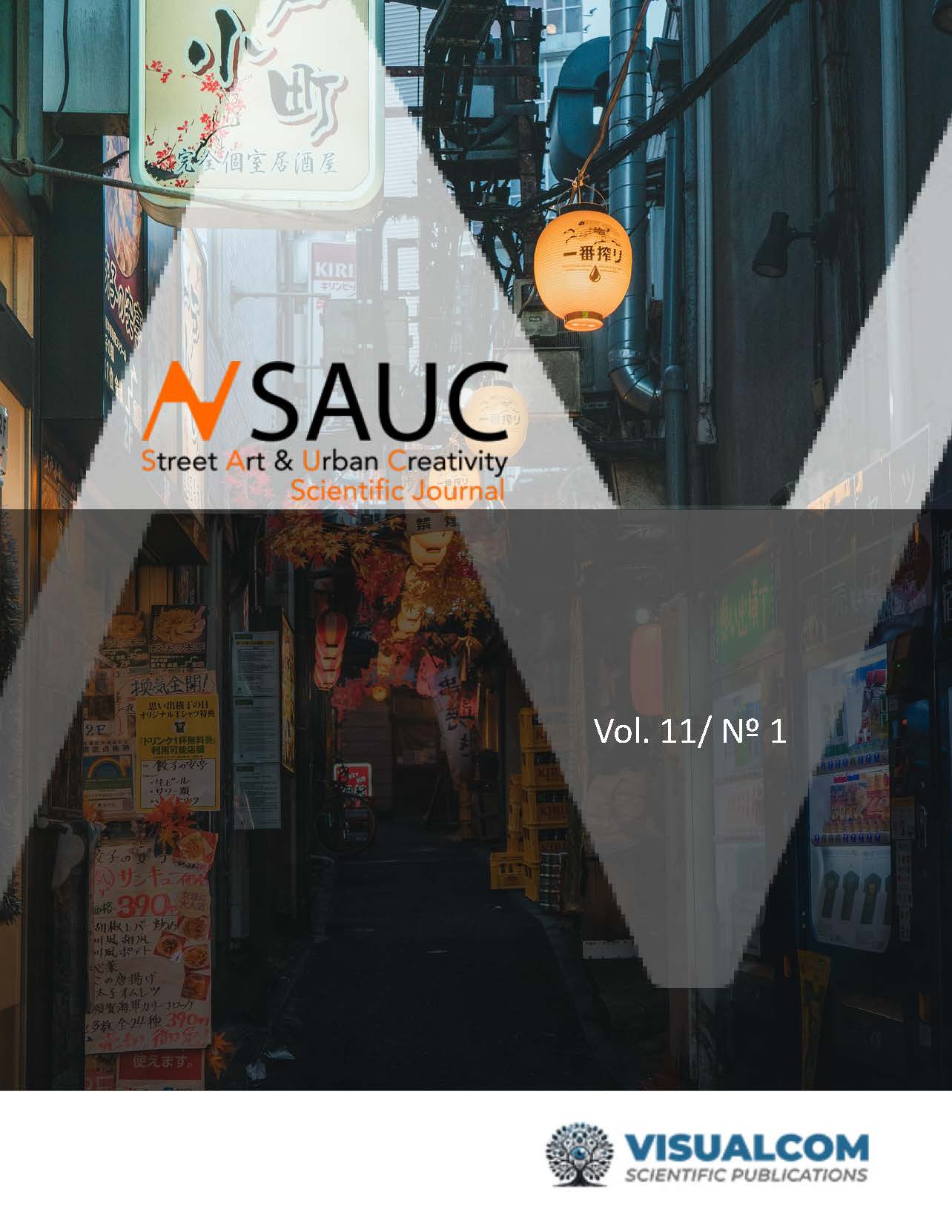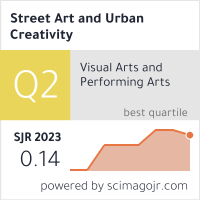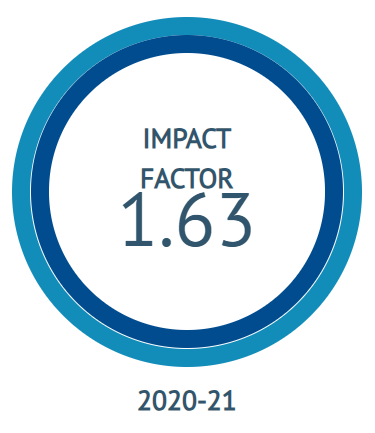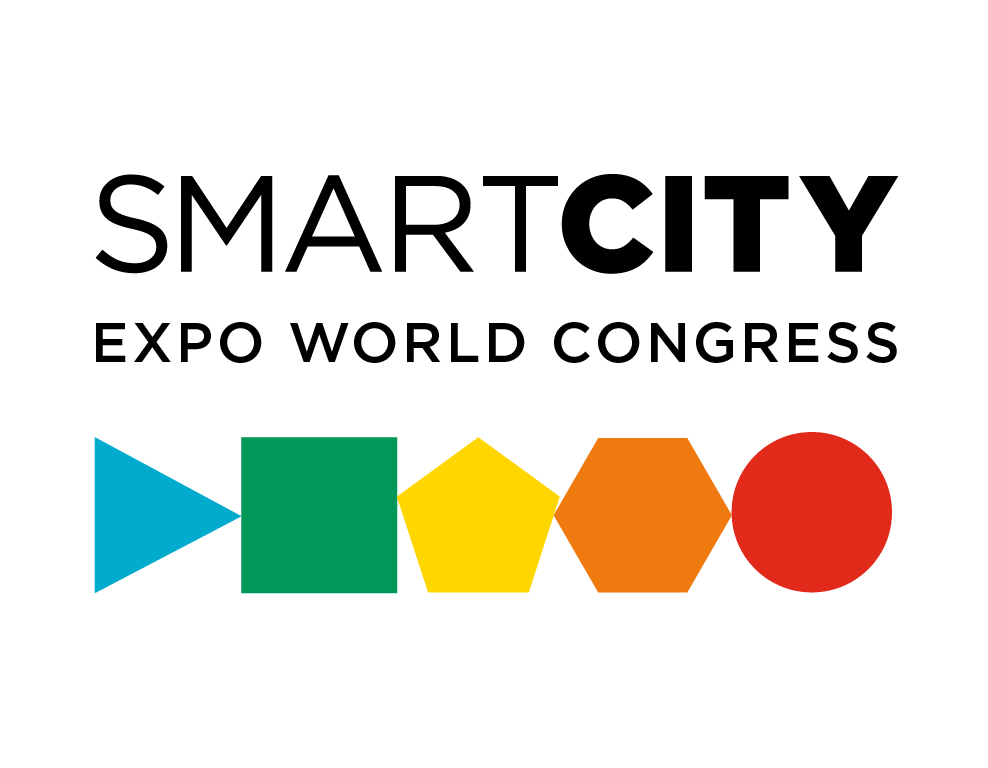El papel de las Industrias Creativas en la Regeneración Urbana
Un estudio comparativo de Londres y Bogotá
DOI:
https://doi.org/10.25765/sauc.v11.5687Palabras clave:
Industrias creativas, Regeneración urbana, Planificación estratégica, Iniciativas municipales, Gentrificación, Londres, BogotáResumen
La regeneración urbana enfrenta importantes retos respecto a las necesidades de los ciudadanos. A nivel mundial, algunas ciudades aplican estrategias de remodelación independientemente de los presupuestos oficiales. Esto representa una oportunidad para que planificadores urbanísticos, responsables políticos y ciudadanos, expresen de forma activa su cultura e identidad urbana de manera responsable.
Este estudio compara metodológicamente los casos de Londres y Bogotá, dos ciudades con culturas e iniciativas ciudadanas singulares. Pese a sus dispares recursos económicos, ambas ciudades han establecido programas municipales que fomentan una economía creativa, utilizando sus industrias para regenerar su tejido urbano y social.
Los casos seleccionados reflejan cómo estas ciudades abordan la regeneración urbana y se convierten en referentes de una identidad en constante evolución. La interacción entre la economía creativa y la regeneración urbana en Londres y Bogotá ilustra la capacidad de las ciudades para promover un sentimiento de pertenencia y cohesión social en sus comunidades.
Descargas
Estadísticas globales ℹ️
|
987
Visualizaciones
|
201
Descargas
|
|
1188
Total
|
|
Citas
Acosta-Salinas, J. M. (2017). El museo, objeto arquitectónico determinante para el proceso de reconstrucción de un lugar. [Trabajo de Grado] Universodad Católica de Colombia. http://hdl.handle.net/10983/15574
Bauman, Z. (2013). Liquid modernity. John Wiley & Sons.
Bayliss, D. (2007). The Rise of the Creative City: Culture and Creativity in Copenhagen. European Planning Studies, 15(7), 889-903. https://doi.org/10.1080/09654310701356183 DOI: https://doi.org/10.1080/09654310701356183
Chapain, C., & Sagot-Duvauroux, D. (2020). Cultural and creative clusters – a systematic literature review and a renewed research agenda. Urban Research & Practice, 13(3), 300-329. https://doi.org/10.1080/17535069.2018.1545141 DOI: https://doi.org/10.1080/17535069.2018.1545141
Comunian, R., England, L., Faggian, A., & Mellander, C. (2021). The Economics of Talent: Human Capital, Precarity and the Creative Economy. Springer Nature. DOI: https://doi.org/10.1007/978-3-319-95124-9
Cooper, A. E., Hubbard, P., & Lees, L. (2020). Sold out? The right-to-buy, gentrification and working-class displacements in London. The Sociological Review, 68(6), 1354-1369. https://doi.org/10.1177/0038026120906790 DOI: https://doi.org/10.1177/0038026120906790
Corcillo, P. (2021). Social mixing and the London East Village: Exclusion, habitus and belonging in a post-Olympics neighbourhood. [Phd, Tesis] Birkbeck, University of London. https://eprints.bbk.ac.uk/id/eprint/47107/
DANE. (2022). Octavo reporte Economía Naranja- Departamento Administrativo Nacional de Estadística (DANE). Gobierno de Colombia.
Davidson, M., & Lees, L. (2010). New-build gentrification: Its histories, trajectories, and critical geographies. Population, Space and Place, 16(5), 395-411. https://doi.org/10.1002/psp.584 DOI: https://doi.org/10.1002/psp.584
Deda, W. (2019). DCMS Sectors Economic Estimates 2019: Business Demographics - Headline Release (Accredited Official Statistics United Kingdom and ITL1 regions). https://www.gov.uk/government/statistics/dcms-sectors-economic-estimates-2019-business-demographics/dcms-sectors-economic-estimates-2019-business-demographics-headline-release
Fohim, E., Cartel, M., & Kella, C. (2024). Making Sustainable Places Through Spaces: Role Identity Expansion and Imagination in a Swiss Urban Planning Committee. Organization & Environment, 37(3), 1-32. https://doi.org/10.1177/10860266241233600 DOI: https://doi.org/10.1177/10860266241233600
Greater London Authority. (2021). Mayor to invest nearly £3m in Creative Enterprise Zones | London City Hall. Londonassembly. https://www.london.gov.uk/press-releases/mayoral/mayor-to-invest-nearly-3m-in-creative-enterprise
Grodach, C. (2017). Urban cultural policy and creative city making. Cities, 68, 82-91. https://doi.org/10.1016/j.cities.2017.05.015 DOI: https://doi.org/10.1016/j.cities.2017.05.015
Kern, L. (2016). Rhythms of gentrification: Eventfulness and slow violence in a happening neighbourhood. Cultural Geographies, 23(3), 441-457. https://doi.org/10.1177/1474474015591489 DOI: https://doi.org/10.1177/1474474015591489
Landry, C. (2008). The Creative City: A Toolkit for Urban Innovators. Routledge. https://doi.org/10.4324/9781849772945 DOI: https://doi.org/10.4324/9781849772945
Leisewitz, A., Musgrave, G., & Franklin, M. (2022). SHAPESLewisham and the Shape of Lewisham: Connectivity, Communication and Construction in a Creative Enterprise Zone [Report]. Goldsmiths, University of London. https://www.shapeslewisham.co.uk/
Liang, S., & Wang, Q. (2020). Cultural and Creative Industries and Urban (Re)Development in China. Journal of Planning Literature, 35(1), 54-70. https://doi.org/10.1177/0885412219898290 DOI: https://doi.org/10.1177/0885412219898290
Liao, Z., & Liu, M. (2023). Critical barriers and countermeasures to urban regeneration from the stakeholder perspective: A literature review. Frontiers in Sustainable Cities, 5, 1-19. https://doi.org/10.3389/frsc.2023.1115648 DOI: https://doi.org/10.3389/frsc.2023.1115648
Mayorga, J. M., & Ortiz Véliz, J. (2020). Segregación e inequidad en el acceso a servicios de educación, cultura y recreación en Bogotá, Colombia. Cuadernos de Geografía: Revista Colombiana de Geografía, 29(1), 171-189. https://doi.org/10.15446/rcdg.v29n1.73395 DOI: https://doi.org/10.15446/rcdg.v29n1.73395
Mellander, C., & Florida, R. (2021). The Rise of Skills: Human Capital, the Creative Class, and Regional Development. En M. M. Fischer & P. Nijkamp (Eds.), Handbook of Regional Science (pp. 707-719). Springer. https://doi.org/10.1007/978-3-662-60723-7_18 DOI: https://doi.org/10.1007/978-3-662-60723-7_18
Sequera, J., & Nofre, J. (2020). Touristification, transnational gentrification and urban change in Lisbon: The neighbourhood of Alfama. Urban Studies, 57(15), 3169-3189. https://doi.org/10.1177/0042098019883734 DOI: https://doi.org/10.1177/0042098019883734
Tomczak, P., & Stachowiak, K. (2015). Location Patterns And Location Factors In Cultural And Creative Industries. Quaestiones Geographicae, 34(2), 7-27. https://doi.org/10.1515/quageo-2015-0011 DOI: https://doi.org/10.1515/quageo-2015-0011
Urbina Vanegas, D. C. (2015). Antes y después del centro cultural: Renovación urbana y desplazamiento en Bogotá. Revista Colombiana de Antropología, 51(1), 217-244. https://www.redalyc.org/articulo.oa?id=105042615009 DOI: https://doi.org/10.22380/2539472X33
Zeng, M., Wang, F., Xiang, S., Lin, B., Gao, C., & Li, J. (2020). Inheritance or variation? Spatial regeneration and acculturation via implantation of cultural and creative industries in Beijing’s traditional compounds. Habitat International, 95, 102071. https://doi.org/10.1016/j.habitatint.2019.102071 DOI: https://doi.org/10.1016/j.habitatint.2019.102071
Descargas
Publicado
Cómo citar
Número
Sección
Licencia
Derechos de autor 2025 Street Art & Urban Creativity

Esta obra está bajo una licencia internacional Creative Commons Atribución-SinDerivadas 4.0.
Los autores/as que publiquen en esta revista aceptan las siguientes condiciones:
- Los autores/as conservan los derechos de autor.
- Los autores/as ceden a la revista el derecho de la primera publicación. La revista también posee los derechos de edición.
- Todos los contenidos publicados se regulan mediante una Licencia Atribución/Reconocimiento-SinDerivados 4.0 Internacional. Acceda a la versión informativa y texto legal de la licencia. En virtud de ello, se permite a terceros utilizar lo publicado siempre que mencionen la autoría del trabajo y a la primera publicación en esta revista. Si transforma el material, no podrá distribuir el trabajo modificado.
- Los autores/as pueden realizar otros acuerdos contractuales independientes y adicionales para la distribución no exclusiva de la versión del artículo publicado en esta revista (p. ej., incluirlo en un repositorio institucional o publicarlo en un libro) siempre que indiquen claramente que el trabajo se publicó por primera vez en esta revista.
- Se permite y recomienda a los autores/as a publicar su trabajo en Internet (por ejemplo en páginas institucionales o personales), una vez publicado en la revista y citando a la misma ya que puede conducir a intercambios productivos y a una mayor y más rápida difusión del trabajo publicado (vea The Effect of Open Access).













